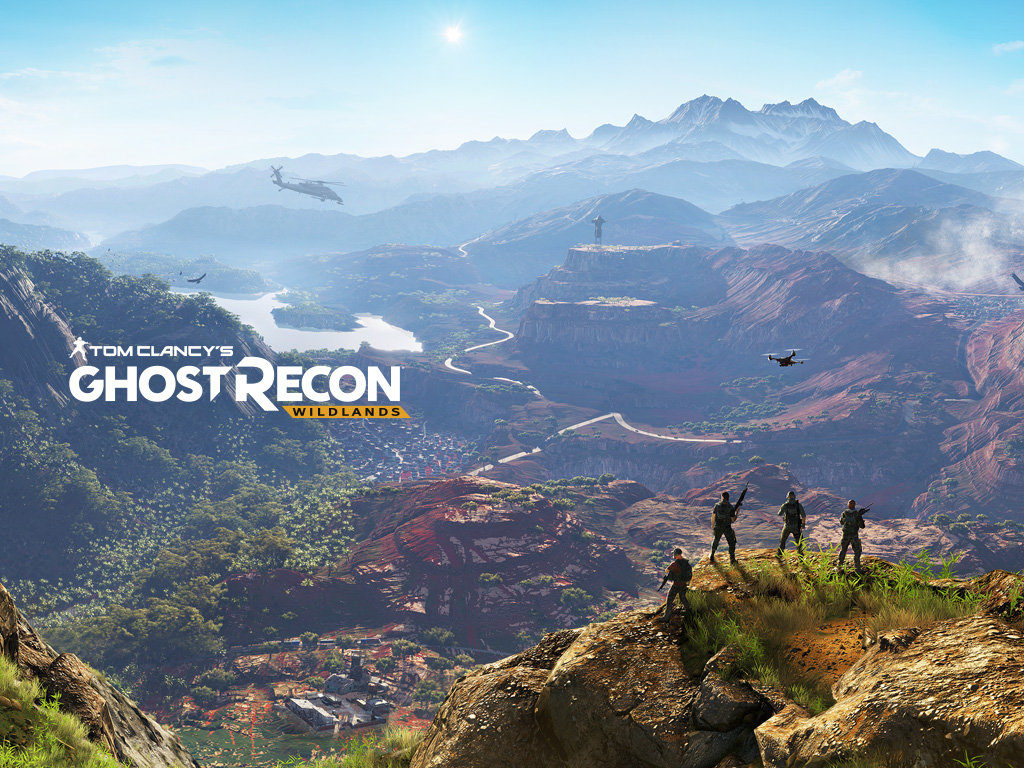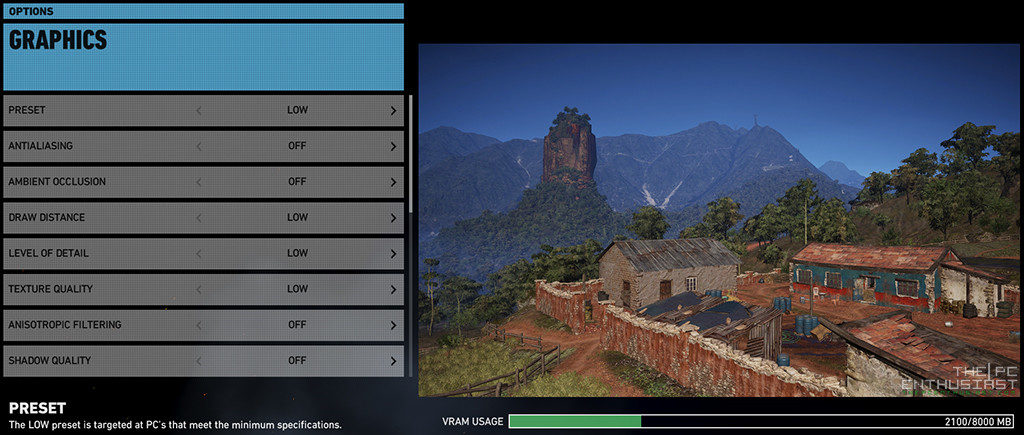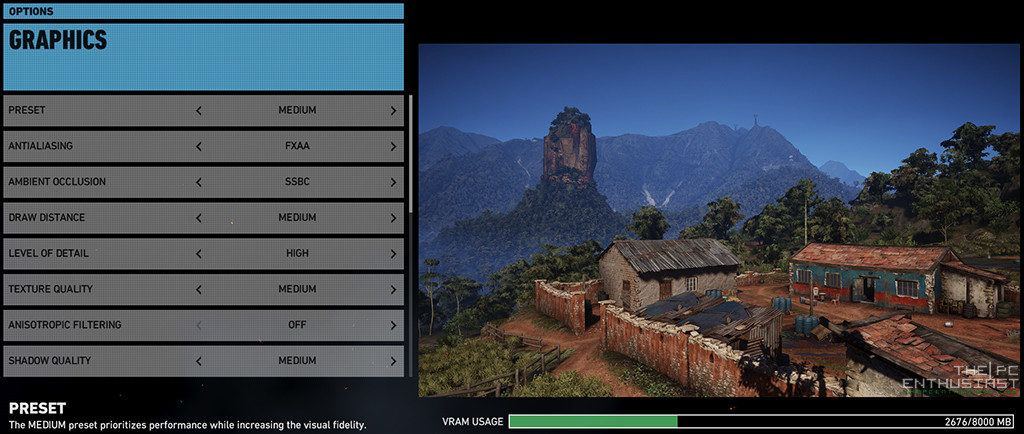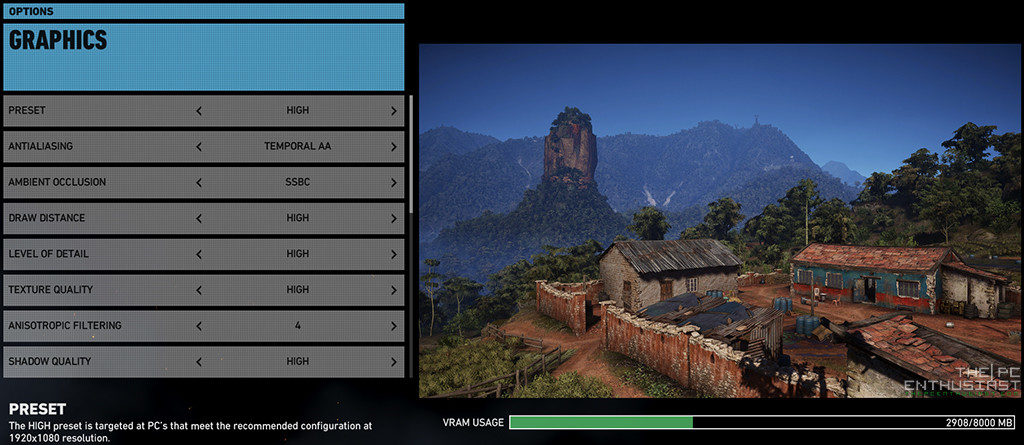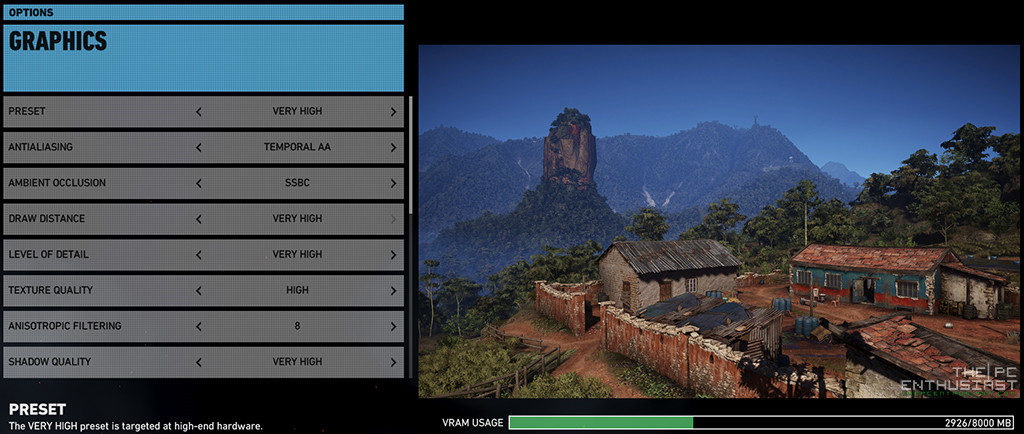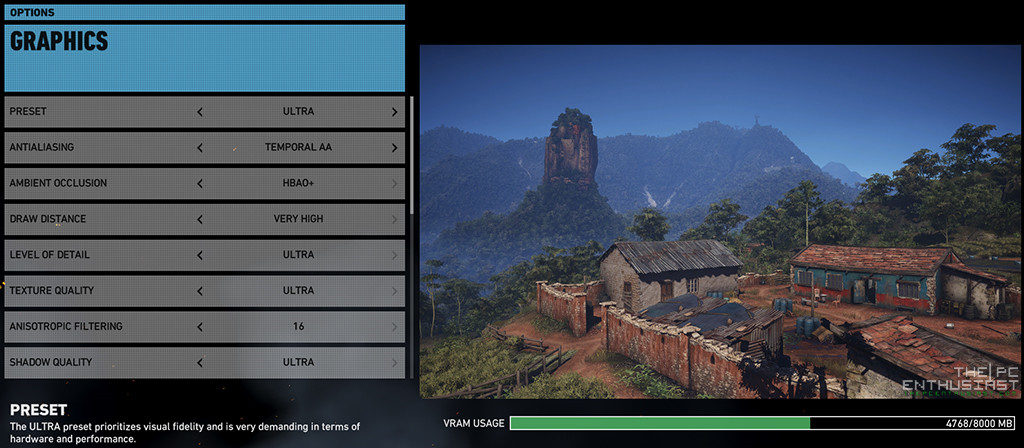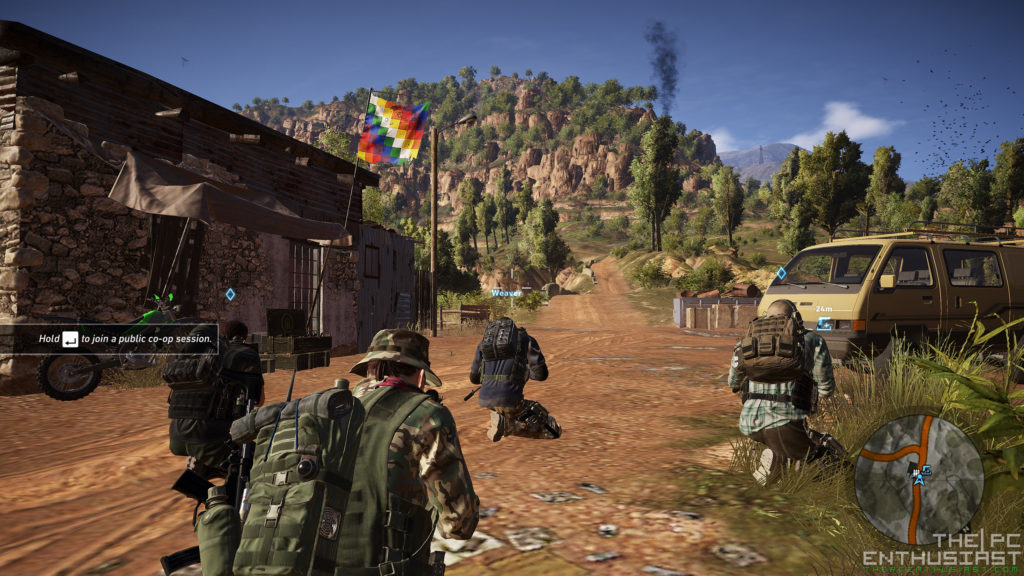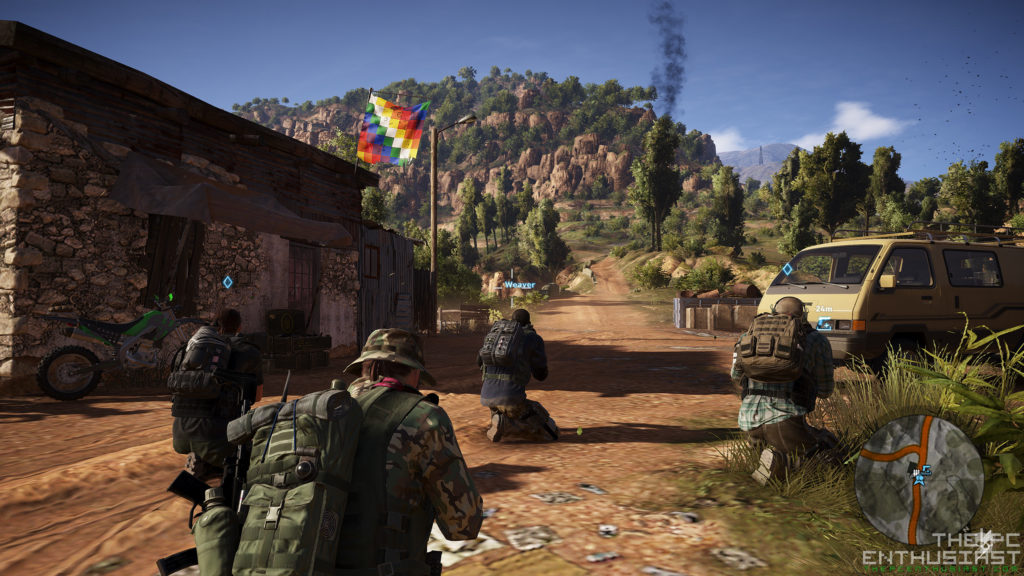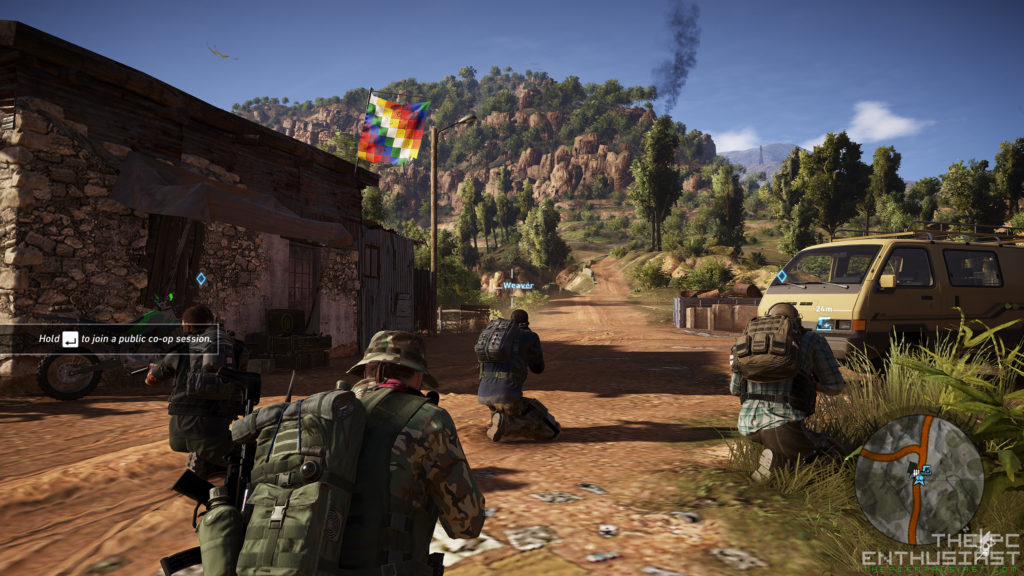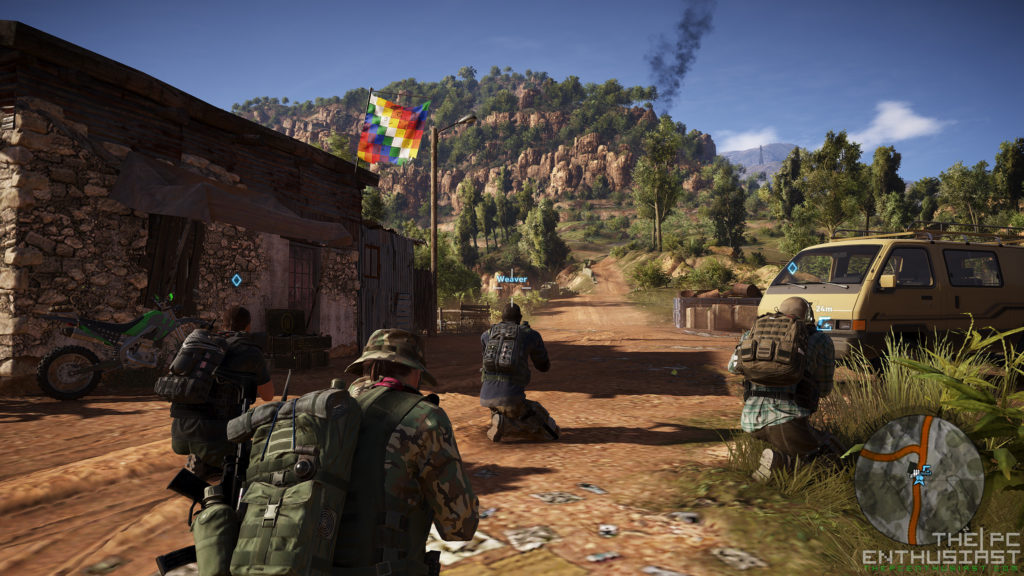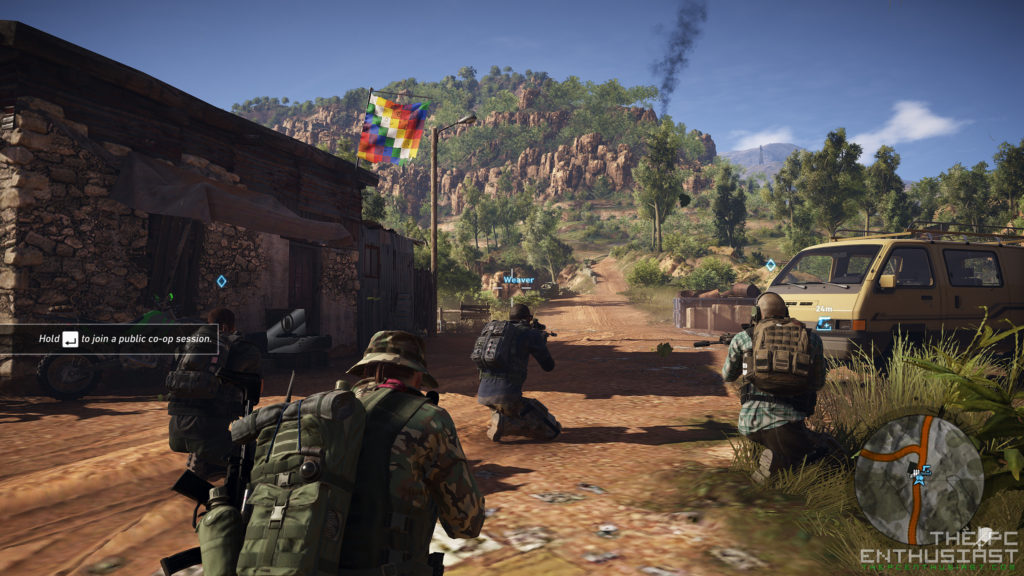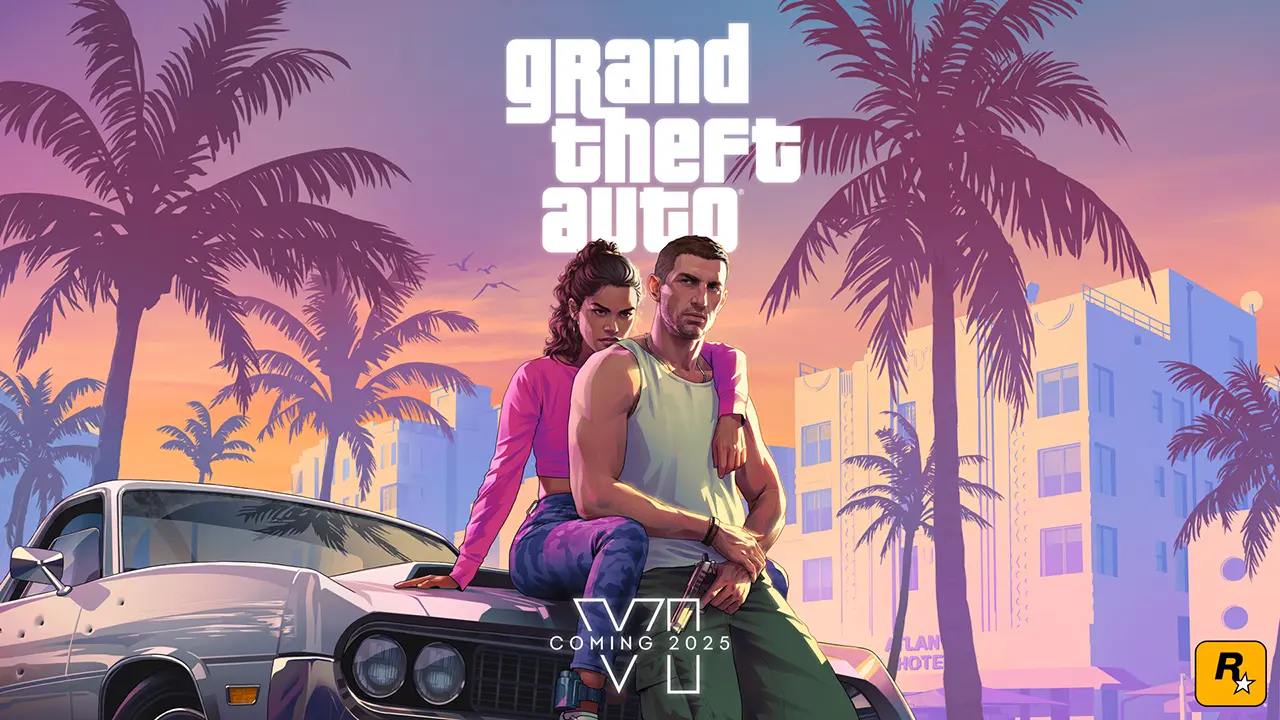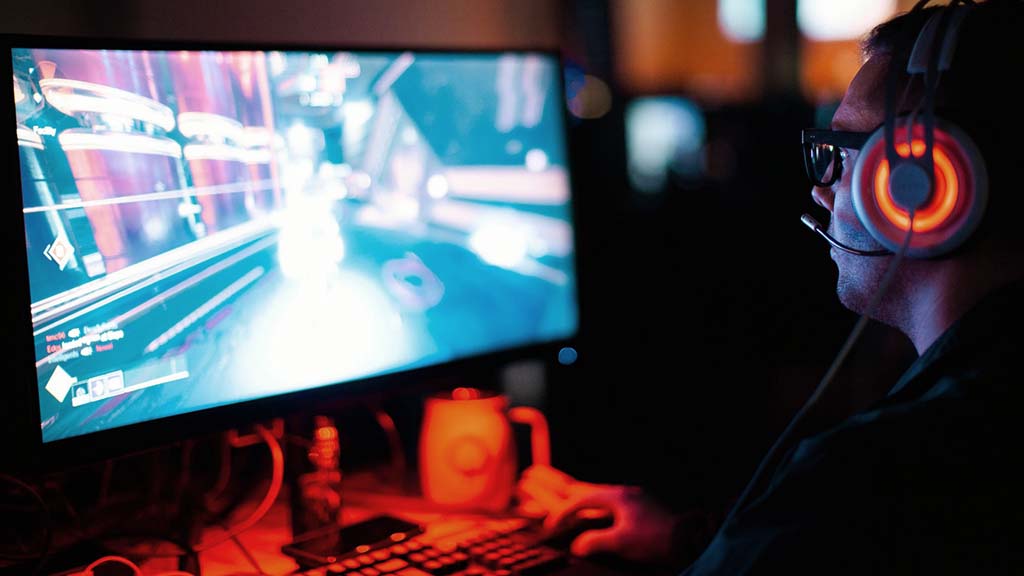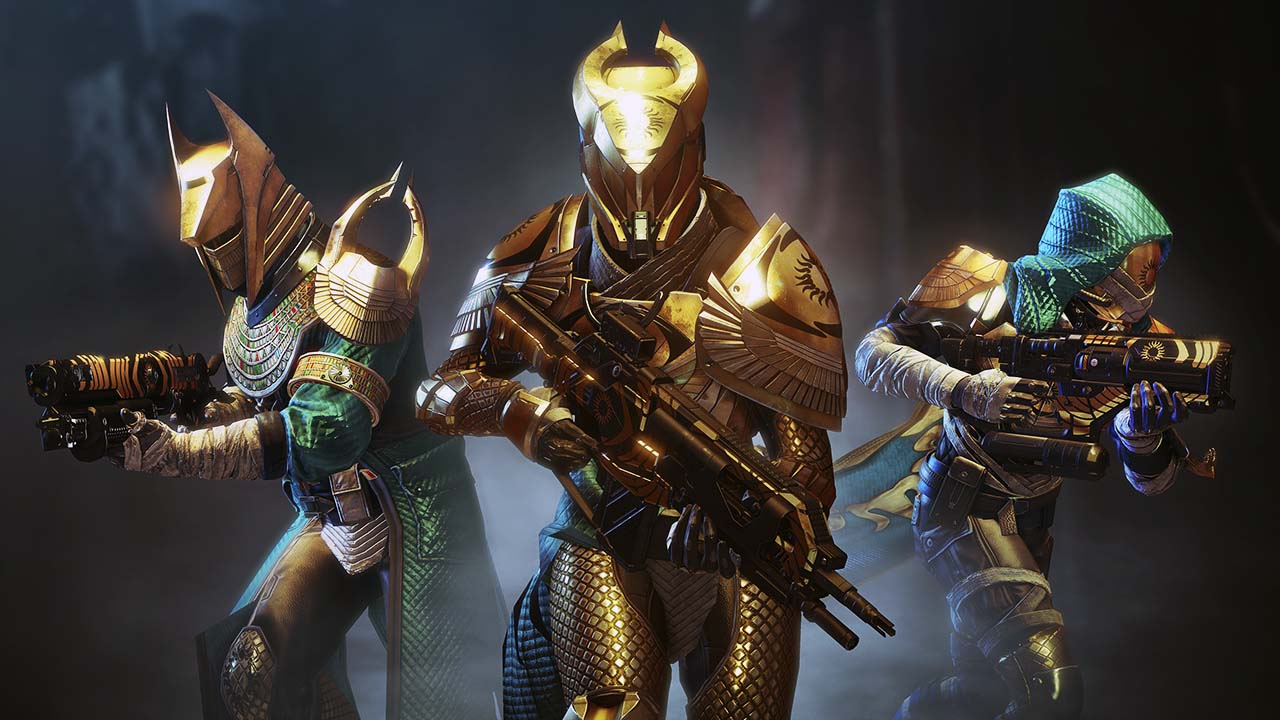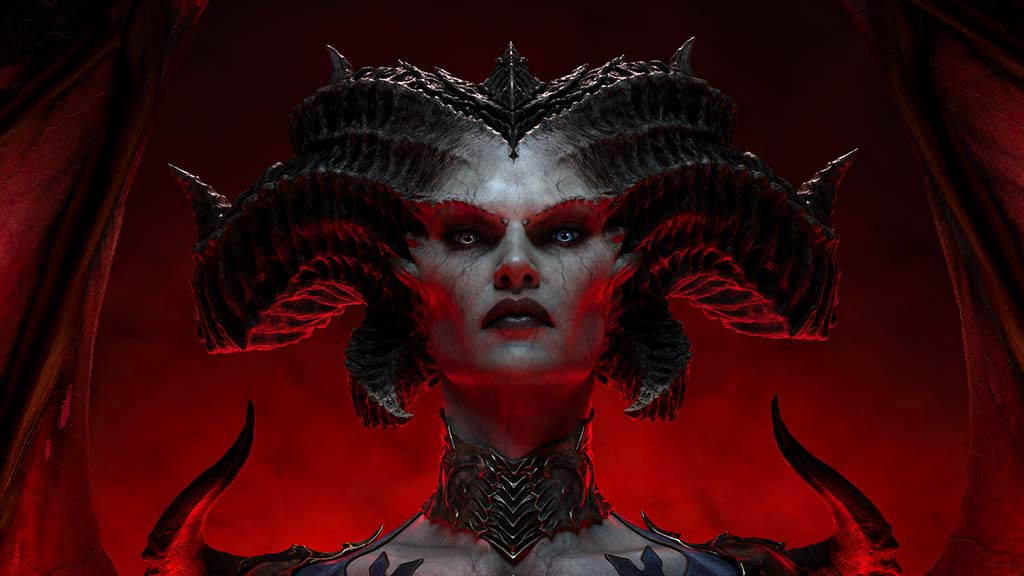Tom Clancy’s Ghost Recon: Wildlands is the latest open world tactical shooter game developed by Ubisoft. This game has already been released in the market for almost a couple of months now; but we were only able to test and benchmark this game a few weeks ago. Ghost Recon: Wildlands is a fun and exciting game, especially if you are a fan of third person shooter game. However, this game is quite demanding and graphics intensive. In this benchmark review, we test the game with 5 different graphics cards; namely the GTX 1050 Ti, RX 480 8GB, GTX 1060 6GB, GTX 1070 and the GTX 1080. Can your system run GR: Wildlands? What does it take to enjoy this game at 60 FPS? Continue reading our Ghost Recon: Wildlands benchmark review below and find out.
Disclaimer: Thanks to G2A for providing the key for us to test Ghost Recon: Wildlands.
Ghost Recon: Wildlands Graphics Performance Review
About Tom Clancy’s Ghost Recon: Wildlands
“Tom Clancy’s Ghost Recon: Wildlands takes place in the expansive, gritty and vibrant backdrop of Bolivia, South America. The influential and vicious Santa Blanca Mexican drug Cartel has turned the country into a narco-state, leading to lawlessness, fear, injustice and violence.
You are sent behind the enemy lines as a member of The Ghosts, a legendary US Elite Special Operations team, to create chaos that will destabilize and eventually break the alliance between the Santa Blanca cartel and the corrupted government.”
Game Features:
- A Massive Open World – From the infamous Death Road to the iconic salt flat, journey through the expansive and vibrant backdrop of Bolivia, South America. Explore the mountains, deserts, rainforests, or hundreds of villages and landmarks, on land, in the air or at sea with over 60 different vehicles to choose from.
- Total Freedom of Choice – Engage all your missions in whatever order or manner suits you. The world will react differently to each of your choices: unexpected opportunities and threats could arise from any situation. Manipulate the system. Manipulate the unexpected.
- Become a Ghost – Create and fully customize your Ghost, weapons, and gear. Enjoy a total freedom of play style. Lead your team and take down the cartel, either solo or with up to three friends.
- Tobii Eye Tracking – Ghost Recon: Wildlands supports Tobii Eye Tracking, enabling features like Extended View, Aim at Gaze and Communications Wheel let you use your natural eye movement to interact and be part of game play – without interrupting or modifying your traditional controls.
Ghost Recon: Wildlands PC System Requirements
Minimum Settings:
Operating System: Windows 7 SP1, Windows 8.1, Windows 10 (64-bit versions only)
Processor: Intel Core i5-2400S @ 2.5 GHz or AMD FX-4320 @ 4 GHz or equivalent
Graphics Card: NVIDIA GeForce GTX 660/GTX 750Ti/GTX 950/GTX 1050 or AMD HD 7870/R9 270X/R9 370X/RX 460 (2GB VRAM with Shader Model 5.0 or better)
System Memory: 6GB
Resolution: 720p
Video Preset: Low
Recommended Settings:
Operating System: Windows 7 SP1, Windows 8.1, Windows 10 (64-bit versions only)
Processor: Intel Core i7-3770 @ 3.5 GHz or AMD FX-8350 @ 4 GHz
Graphics Card: NVIDIA GeForce GTX 970/GTX 1060 or AMD R9 290X/R9 390/RX 480 (4GB VRAM with Shader Model 5.0 or better)
System Memory: 8GB
Resolution: 1080p
Video Preset: High
Ghost Recon: Wildlands Graphics Settings
Ghost Recon: Wildlands lets you choose from 5 different graphics quality preset, and you can also customize depending on your preference or system specs. You can choose from low, medium, high, very high and ultra. Ultra gives you the best graphics settings and visual effects that the game has to offer. However, ultra preset is also very demanding (see benchmark results). Whereas the low preset is the lowest settings you can get, but the game doesn’t look good at all. Check out the graphics settings below, you may click on the screenshot for a larger view.
The screenshots above shows only a partial of the options you can access. You can also access and adjust the following: Antialiasing, Ambient Occlusion, Draw Distance, Level of Detail, Texture Quality, Anisotropic Filtering, Shadow Quality, Terrain Quality, Vegetation Quality, Turf Effects, Motion Blur, Iron Sights DOF, High Quality DOF, Bloom, God Rays, Subsurface Scattering, Lens Flare and Long Range Shadows.
Ghost Recon: Graphics Quality Comparison
Below are screenshots taken from the game. The screenshots were taken at 3840×2160 resolution using FRAPS, bitmap format. But I resized the screenshots down to 2560×1440, converted the screenshots to JPEG and slightly reduced the quality. The images are not very sharp compared to the uncompressed/raw files; but the screenshots below can still give you an idea how one graphics preset differ from another. The images below are arranged from low, medium, high, very high and ultra. If your PC can’t handle ultra-preset, you can still enjoy the game using high or very high presets. Setting the graphics quality to low or medium will definitely give you more frames per second, or smoother gameplay, but at the expense of graphics quality and visual effects. Click the screenshots below for a larger view.
Ghost Recon: Wildlands Test Setup
While benchmarking Ghost Recon: Wildlands, I am using a Gigabyte Z170X Gaming 7 motherboard powered with an Intel Core i7-6700K overclocked to 4.5GHz. Overclocking the CPU to 4.5GHz should be on par or at least performs similar with the newer Core i7-7700K at stock. Below are the rest of the system specifications:
Operating System: Windows 10 Pro 64bit
Motherboard: Gigabyte Z170X Gaming 7
Processor: Intel Core i7-6700K @ 4.5GHz
CPU Cooler: Cryorig A40 Ultimate All-in-One
Memory: Corsair Vengeance LED DDR4-3200MHz 32GB
Storage Drives: Zotac Sonix 480GB NVMe SSD, WD Blue SSD
Power Supply: FSP Aurum PT 1000W
Chassis: In Win 805 (without the glass side panel installed)
The graphics cards used are as follows, running at their respective default clock speeds:
| Graphics Card | Base Clock | Boost Clock | VRAM | Memory Clock |
|---|---|---|---|---|
| Galax GTX 1080 HOF | 1734 MHz | 1873 MHz | 8GB (GDX) | 1251 MHz |
| Zotac GTX 1070 AMP! Extreme | 1633 MHz | 1835 MHz | 8GB (GD5) | 2052 MHz |
| PNY GTX 1060 6GB | 1506 MHz | 1709 MHz | 6GB (GD5) | 2002 MHz |
| AMD Radeon RX 480 | 1266 MHz | N/A | 8GB (GD5) | 2000 MHz |
| Galax GTX 1050 Ti EXOC | 1354 MHz | 1468 MHz | 4GB (GD5) | 1752 MHz |
For the GeForce graphics cards, I used the NVIDIA GeForce 381.65 driver, while for the AMD Radeon RX 480, I used the AMD Crimson ReLive 17.4.2 Win 10 64-bit driver. I have also updated the game to its latest patch. I actually had to redo the whole benchmark for all the graphics cards, because an update patch was released while I was testing it.
In getting the minimum, maximum and average frames per second, I used the good old Fraps utility. I also used FRAPS bench viewer to extract the 1% low and 0.1% low. I was also using the built-in benchmark system so that the results would be consistent throughout the tests.
Let’s proceed to the next page and check out the benchmark results…

